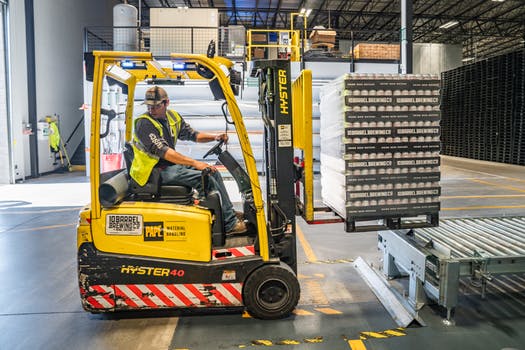Weapon of mass distraction: lack of attention at work
Grabbing our attention in the workplace According to psychologist Tim Pychyl, author of Solving the Procrastination Puzzle, procrastination (or a lack of attention) is largely an emotional problem and the way we cope with stress when it kicks in. If business leaders want the best from their employees, they need to figure out the best ways to engage with them and grab their attention to make them more work focused and productive. This is no easy task, especially when we are given so many ways to distract us, such as technology. At the Boston Attention and Learning Lab in the US, cognitive neuroscientists Esterman and Joe DeGutis have developed a training programmed to help wandering minds to stay in the zone. This has proved especially helpful for those with post-traumatic stress disorder (PTSD), brain injuries and attention deficit hyperactivity disorder (ADHD). Numerous studies have shown that we can train our brains to improve. Willpower and attention can be strengthened like a muscle, through exercises and practice. That’s the good news! The US training program targets the brain’s ‘dorsal attention network’, or the prefrontal cortex and the parietal cortex. The idea is to become ‘meta-aware’ and stop the mind from wandering by stimulating sections of the brain and working to train it to prolong this attention span. In a 2010 study, psychologists Matthew Killingsworth and Daniel Gilbert of Harvard University conducted an attention and wellbeing experiment by interrupting people throughout the day to ask what they were doing and how happy they felt. Those day dreaming about something pleasant were only about the same level of happiness as when they were on task. Mind wandering can be a hindrance to productivity but even made people unhappy. Thomas Davenport and John Beck have studied attention management for many years. They have realised that attention is widely misunderstood among business leaders and that in the same way that industries such as advertising, print and TV capture and sustain our attention, so too should businesses in the workplace. This can be achieved in a number of ways, according to Davenport and Beck … Engage with emotion One of the most important ways to gain attention, but also sustain it, is to tap into the emotions of employees. Those who feel praised and recognised, will respond with improved concentration. Fear As primates, we are programmed to fear certain things. Business managers can tap in to this natural fight or flight reaction in small measures to hold our attention – a reward for hitting a deadline or pointing out cause and effect of project work, for example. Play on competitiveness People are naturally competitive and businesses can utilise this to capture and hold attention in the workplace. Engage, do not distract People are easily distracted, so do not throw too many tasks at one person if you want them to concentrate. Instead, help them feel engaged and able to focus on a task and then reward them before moving on to a new task or project. Personalisation A great way to grab attention is to personalise a message – this can be as simple as using an employee’s name in an email rather than copying in several employees. A happy and productive workplace needs to have focused staff. Grabbing the attention of staff and ensuring that this is sustainable, is crucial if you want results, and this often comes from the management end. Take the time to think about how you engage the attention of your employees – this part of your job might need some of your own attention!
Weapon of mass distraction: lack of attention at work Read More »




